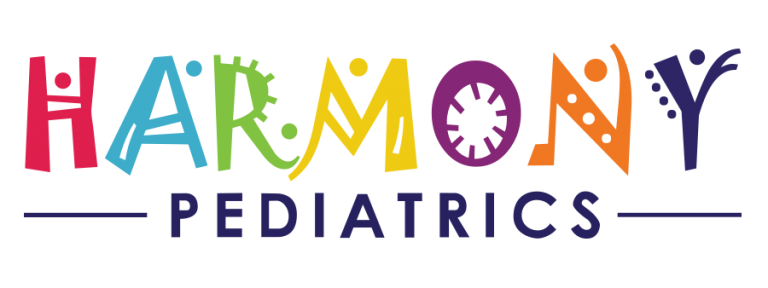The beginning of the 2020/2021 school year is around the corner. This year’s unique circumstances have parents concerned about how they should plan for a school year with COVID-19. Below are some of the guidelines that the American Academy of Pediatrics has recommended for teachers and children to follow in order to have a safe, healthy, and productive school year.
Social Distancing in Classroom
As you can imagine, younger children are going to react differently to social distancing and safety measures than older children and teenagers. The following information applies to the specific age group specified.
Pre-K
Children in this age group are likely to have difficulty with wearing a mask and social distancing from peers. That being said, the following are suggested guidelines to reduce the spread of COVID-19:
- Minimize Crossover – Minimize the contact between children and adults outside the classroom.
- Use Outdoor Space Whenever Possible – If weather is favorable, try to use outdoor, open air spaces.
- Limit Visitors – Limit unnecessary visitors in classrooms. This may mean a reduction in volunteers allowed in the classroom at one time.
Elementary Schools
Elementary age children are far more capable of social distancing measures and wearing face coverings. It is a good idea to start practicing these measures prior to the school year for an easier transition. The following are the guidelines for this specific age group:
- Face Coverings – Used whenever possible.
- Desk Spacing – Recommended space is 3 to 6 feet.
- Minimize Crossover – Children should remain in the same classroom with the same classmates throughout the day.
- Use Outdoor Spaces – Whenever Possible fresh open air is the best environment for preventing infection.
Secondary Schools
- Face Coverings – Face coverings should be used whenever social distancing of 6 feet cannot be maintained
- Physical Spacing – Desks should be spaced 3 to 6 feet. In classes with activities that cause increased exhalation (physical education, singing, etc), additional spacing is needed.
- Limit Crossover – Block scheduling with the transfer of teachers between classes is best. Electives should be held as individual groups within a single classroom, whenever possible.
Special Education
Children with unique special needs may not be able to maintain social distancing or wear face coverings. It is recommended that attempts at social distancing and wearing face coverings be made. However, each child’s needs must be considered on a case-to-case basis.
Spaces Outside the Classroom
- Lunch – Lunch should take place in the classroom to limit crossover.
- Busses – Personal transportation should be used whenever possible. In the event a child needs bussing, social distancing should be observed with assigned seats and dividers.
- Hallways – Hallways should be limited to one way or paths that maintain social distance.
- Lockers – Children in a classroom, should have lockers that are in the same space.
Screening Students
Since testing every student at the start of the school year is not feasible, it is important that children are checked for illness upon arriving at school each day. Temperatures and checklists should be completed by teachers, or alternatively by parents. Children who have been exposed to COVID-19 or have symptoms may need to be excluded from the classroom until cleared of illness.
A New Normal
Most children will adjust well to these new changes. Schools will educate children on how to prevent infection and teachers will be informed on what to look out for. By starting the process of your child getting used to wearing face coverings and maintaining social distance, your child will have a smoother transition when it comes to attending school in the Fall.

